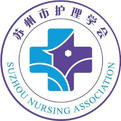Introduction
Traditional Chinese Medicine (TCM) emphasizes the body’s self-healing capabilities.The human body is an organic whole, interconnected with nature, and must adapt to the seasonal changes of yin and yang. Like all things in the universe, it can self-regulate and self-repair. Gua Sha effectively addresses the stagnation of qi and blood during the body’s self-repair process, achieving simultaneous diagnosis and treatment, addressing both existing and potential illnesses.
The history of Gua Sha therapy dates back to the Neolithic era, approximately 14,000 years ago. TCM employs six methods: Bian stone, nine needles, moxibustion, toxic substances, acupressure, and guiding exercises. Today, Bian therapy is primarily practiced through Gua Sha, Pai Sha, Fang Sha, Shun Sha, Jiu Sha, and Ci Luo techniques in clinical settings.
The Gua Sha technique is guided by the theory of meridians and acupoints in TCM, using blunt-edged tools such as buffalo horn, Bian stone, or similar scraping boards or spoons. These tools are dipped in Gua Sha oil, water, or lubricants and are repeatedly scraped over specific areas of the body, causing local bruising. This process helps to open the pores, expel pathogens, and clear the meridians, harmonizing the functions of the organs and achieving disease prevention and treatment through this external TCM technique.
Gua Sha is suitable for discomfort caused by external pathogens, such as high fever, headache, nausea, vomiting, abdominal pain, and diarrhea; as well as pain from various bone and joint diseases, such as low back pain and shoulder pain.
Contraindications for Gua Sha:
-
Individuals who are elderly and frail, or excessively thin;
-
Patients with skin lesions or bleeding tendencies;
-
Infants with open fontanelles should not have Gua Sha performed on their heads;
-
Individuals with severe cardiovascular diseases, liver or kidney dysfunction, bleeding disorders, infectious diseases, extreme weakness, skin abscesses, or allergies should avoid Gua Sha;
-
Gua Sha should not be performed on an empty stomach or immediately after a large meal;
-
Acute sprains or swelling and ruptured skin should not be treated with Gua Sha;
-
Patients who are uncooperative, such as those who are intoxicated, have schizophrenia, or are experiencing seizures;
-
Pregnant women should avoid Gua Sha on the abdomen, lower back, and facial orifices.
Post-Gua Sha care: After the treatment, it is advisable to drink about 200ml of warm water immediately; avoid bathing and exposure to wind for four hours; and it is best to allow the body to rest and get a good sleep after Gua Sha.
Procedure
With the development of the times, the tools used have also been continuously updated, as long as they have a blunt edge. They can include bowls, spoons, coins, larger buttons, buffalo horn boards, or copper Bian stones.
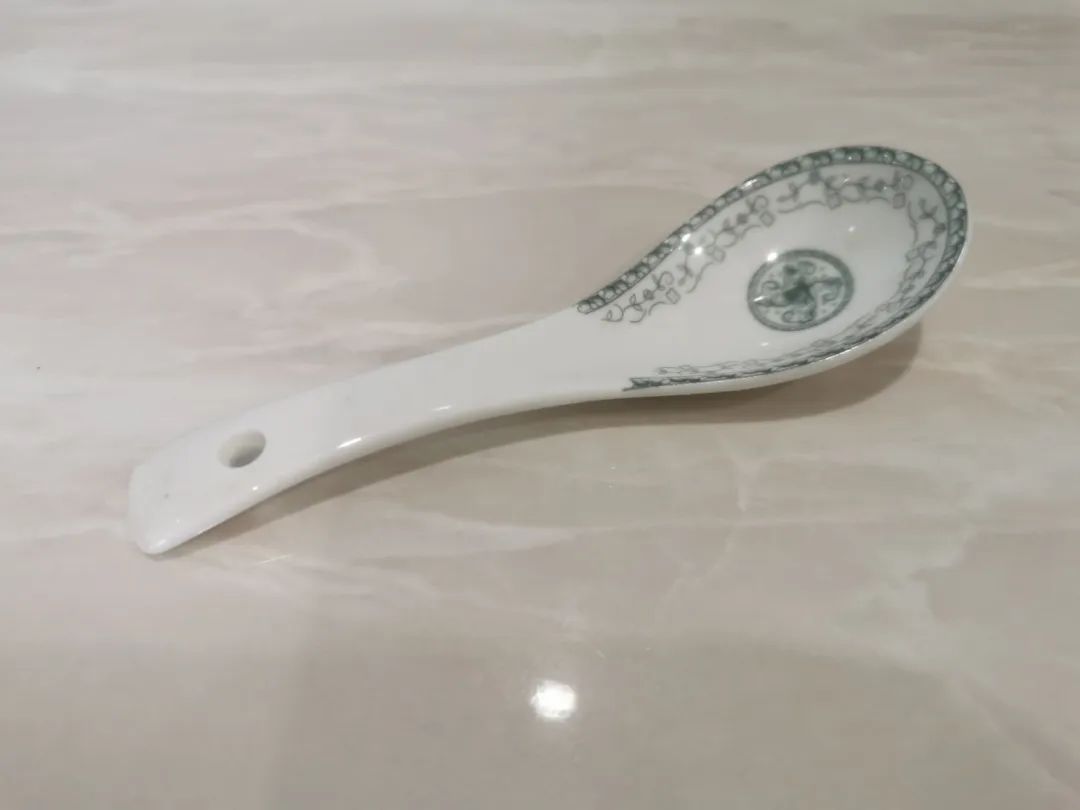
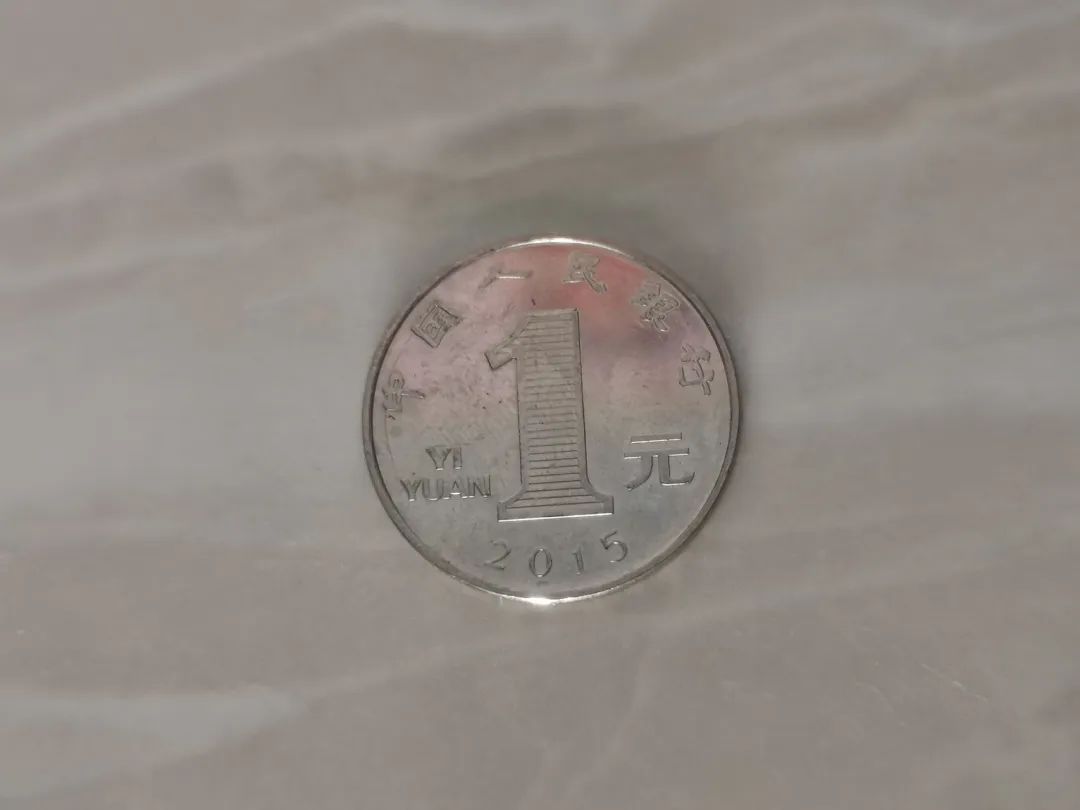

Before scraping, be sure to apply oil, which can be professional Gua Sha oil or alternatives like vegetable oil, essential oils, or water.
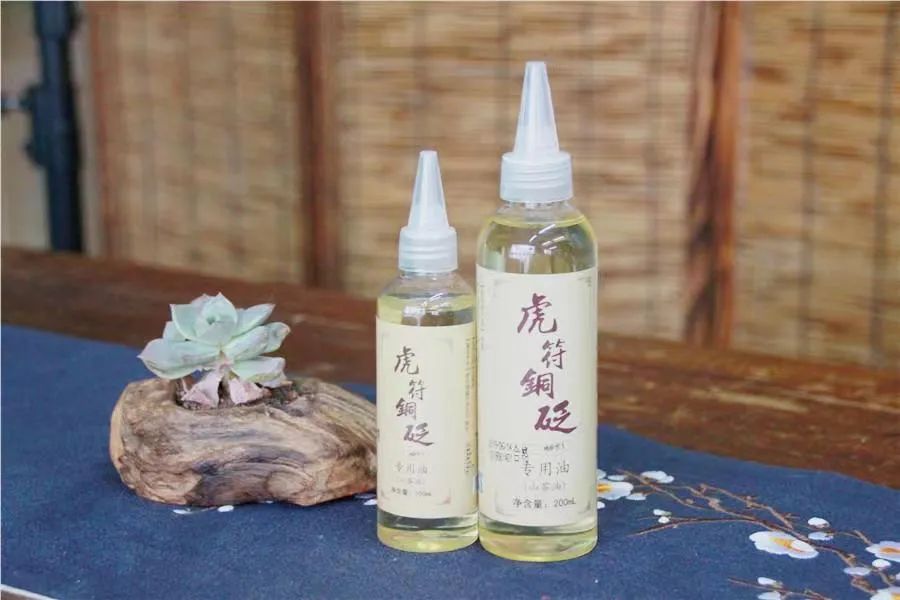
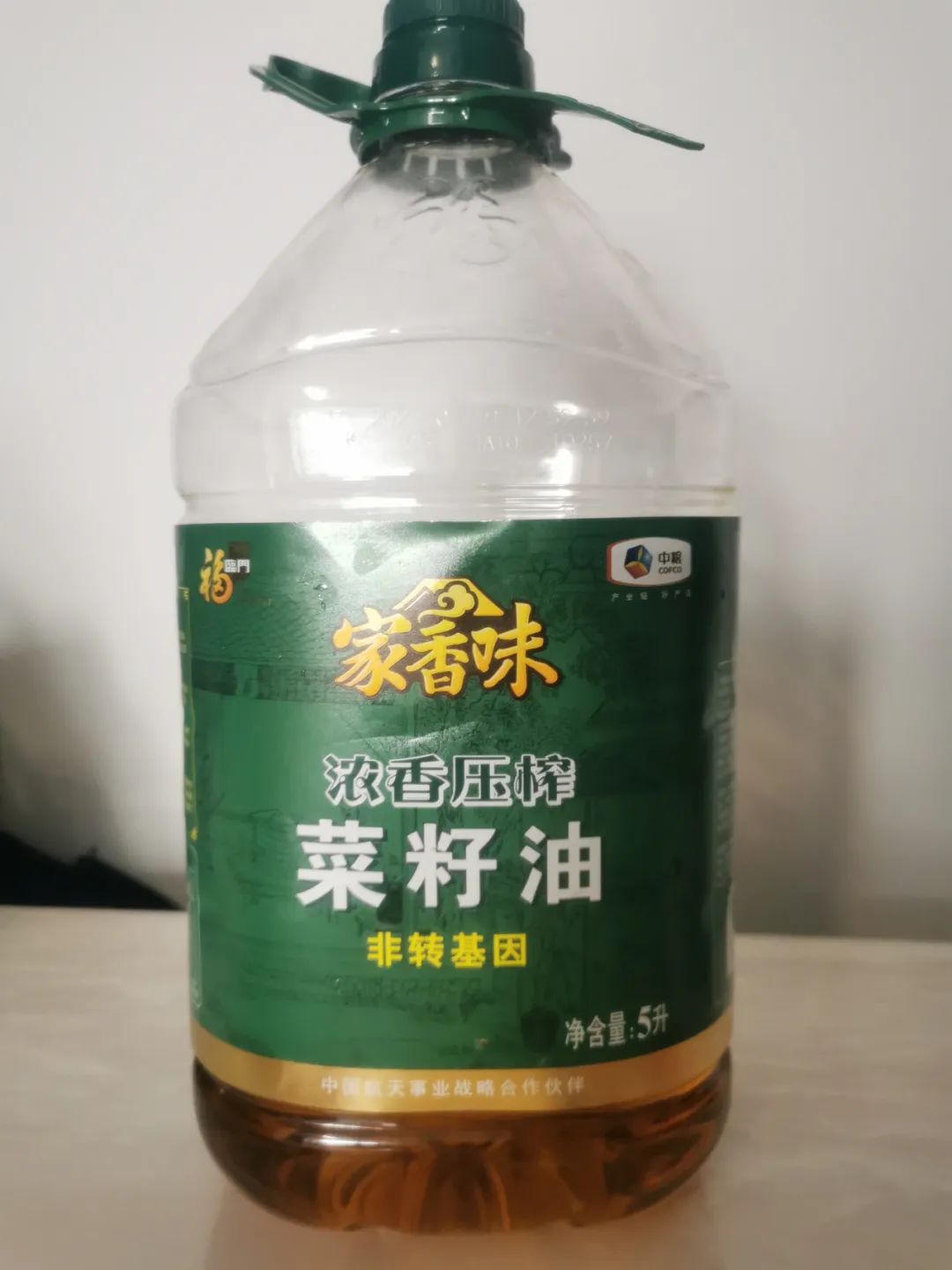
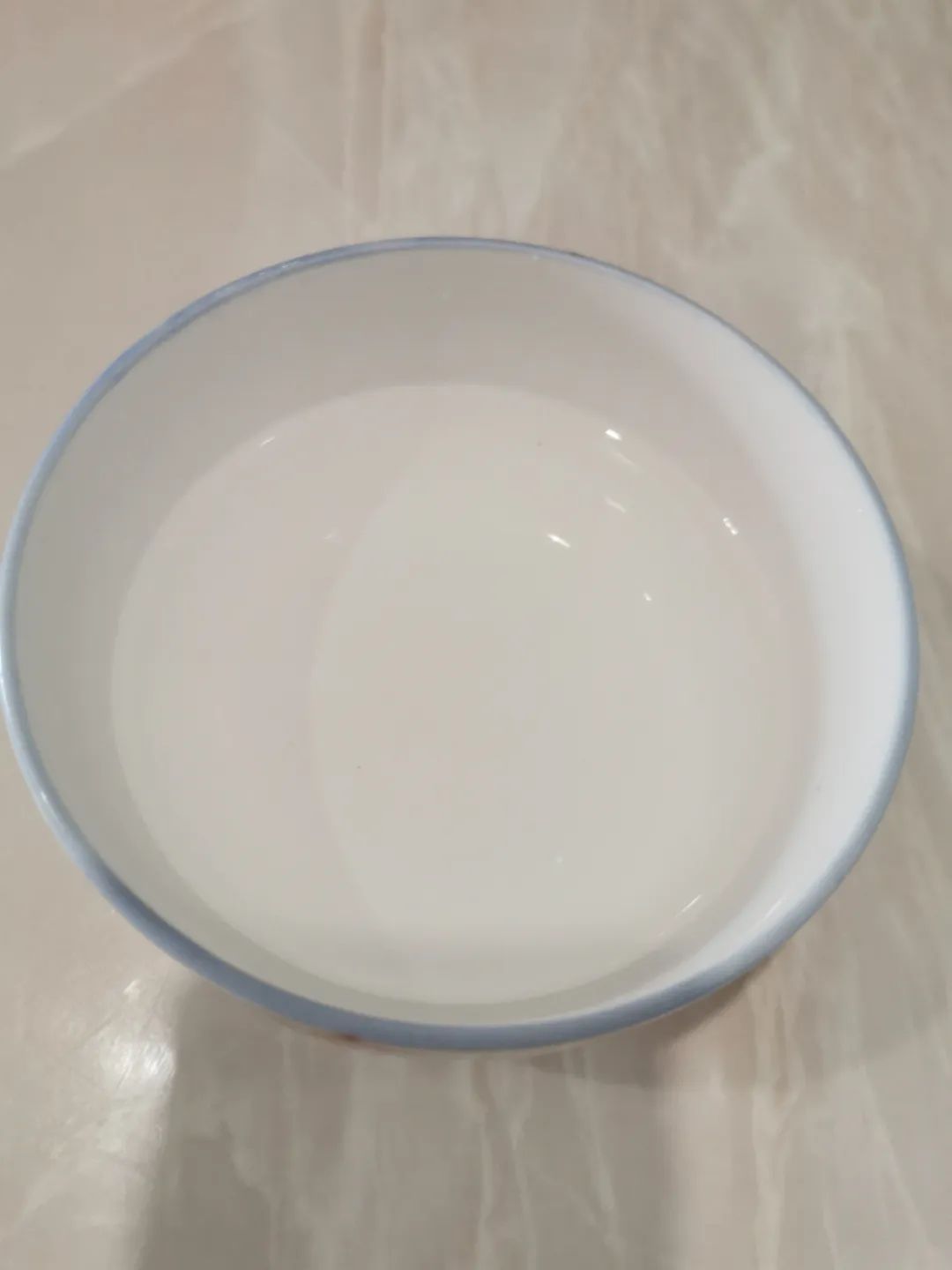
With the tools ready, the next step is to determine where to scrape.
Gua Sha plan:

Start by scraping the front of the upper arm, dividing it into three sections: front, middle, and back, scraping from the inside out and from top to bottom in a single direction; then scrape the midline of the back (the Du Mai), and scrape from the midline to the midpoint of the vertical line connecting the inner edge of the scapula (the first lateral line of the Bladder Meridian), and finally scrape the back of the upper arm. Of course, the neck area should also be scraped.
This plan is based on the fact that the hand contains the Lung Meridian, Heart Meridian, Pericardium Meridian, Large Intestine Meridian, Small Intestine Meridian, and San Jiao Meridian, while the back contains the Du Mai and the Bladder Meridian. Scraping the Pericardium Meridian can reduce heart fire, and according to the theory of mutual attraction of similar energies, it can also help regulate liver blood stasis; scraping the San Jiao Meridian can resolve liver qi stagnation; scraping the Du Mai can mobilize the body’s yang energy, while the Bladder Meridian runs throughout the body, serving as a barrier for the entire body. As the ancient sages Zhang Jingyue and Guo Zhizui said, “The neck and arms can also treat diseases.” It can treat major illnesses and a multitude of ailments.
After scraping, you may look like this:
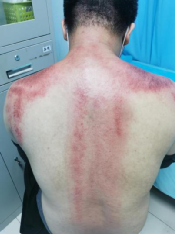
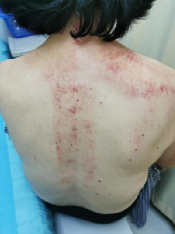
These red or purple spots are called “Sha,” which will naturally fade in about 3-7 days, so there is no need to worry.
345 years ago, during a great plague, our ancestors used Bian therapy and Gua Sha to subdue it. History has many similarities; in this post-pandemic era, let us learn Gua Sha together! Gua Sha is easy to learn, requires simple tools, has no toxic side effects, and is highly safe, making it suitable for home practice. Let’s all take action!

Author’s Institution|
Taicang Traditional Chinese Medicine Hospital
Reviewed by|
Suzhou Nursing Association
TCM and Integrated Chinese-Western Medicine Nursing Professional Committee

 Scan to follow usSee more exciting content
Scan to follow usSee more exciting content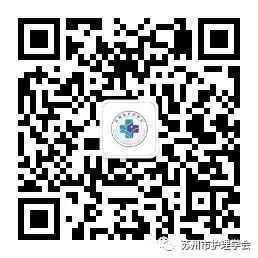
Technical Support: Suzhou You Sheng You Se International Cultural Communication Company

